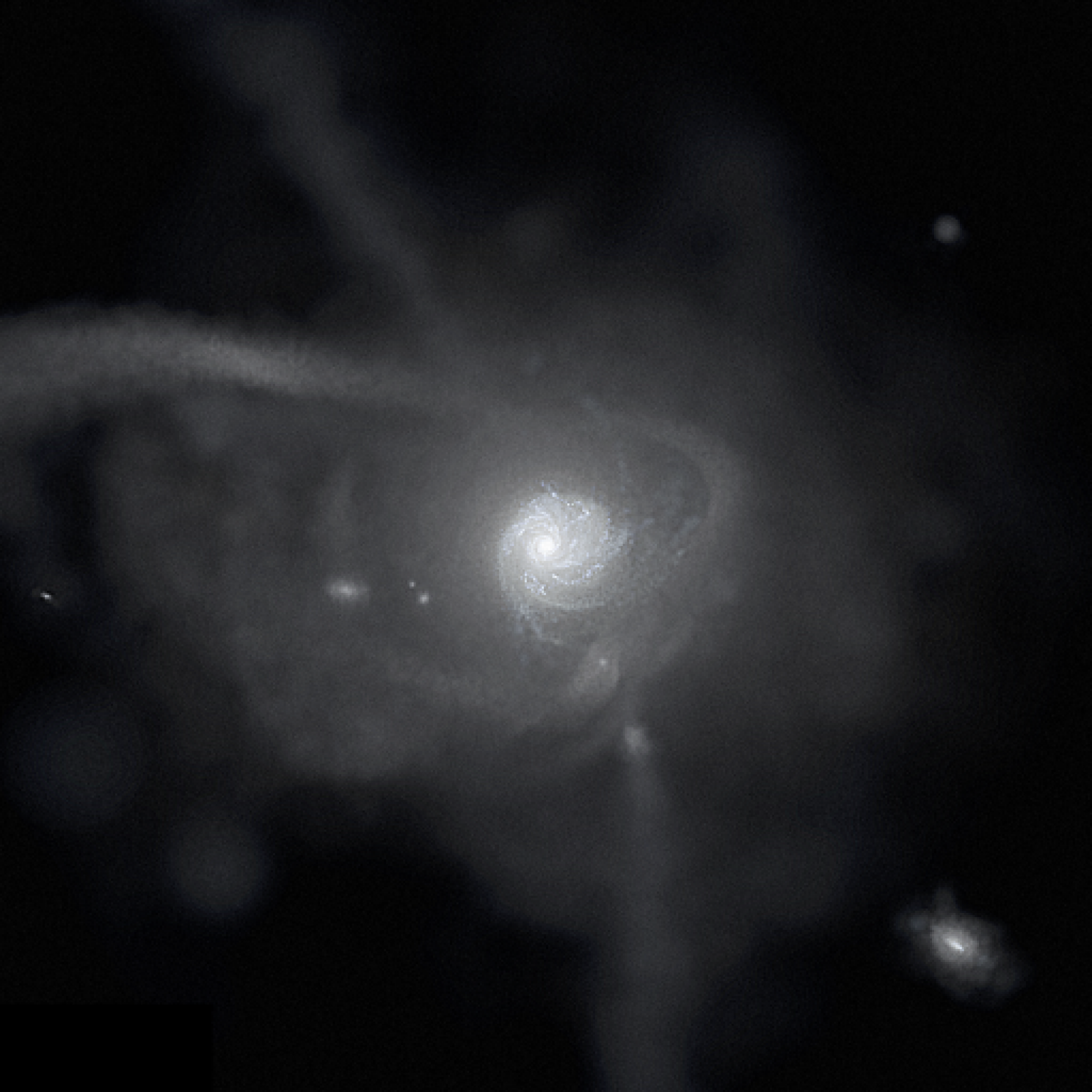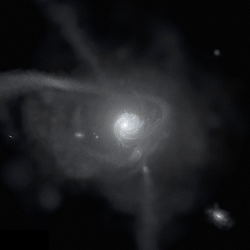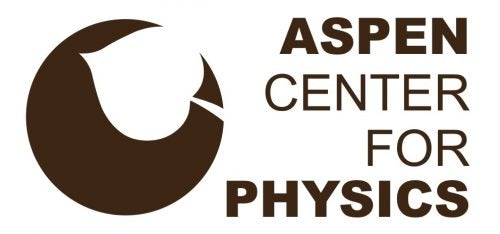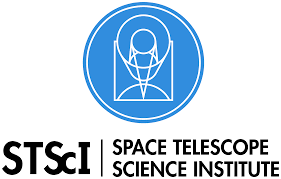The National Science Foundation (NSF) has awarded our FIRE collaboration an allocation of 106 million core-hours on the Texas Advanced Computing Center‘s new Frontera Supercomputer, which debuted as 5th most powerful supercomputer in the world. With this allocation, we plan to push forward on a range of large simulation projects, including our FIREbox large-volume simulation and a suite of simulations including alternative dark matter models. Congratulations to the FIRE collaboration!
Samantha Benincasa joins us as a postdoc
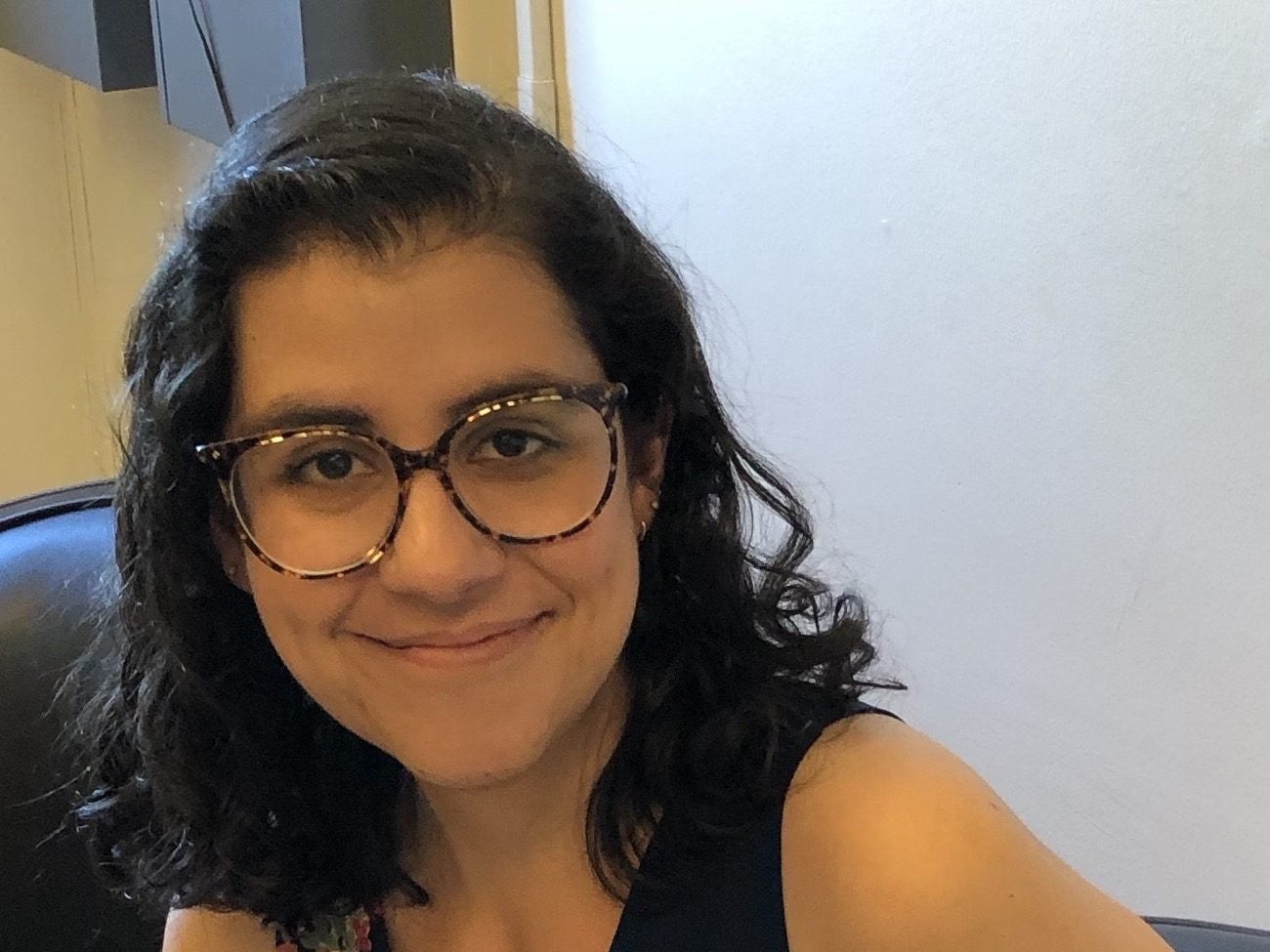
Samantha Benincasa joins our group as a postdoctoral research scholar. Sam recently earned her PhD in physics at McMaster University, working with James Wadsley on simulations of galaxy formation. Sam works on the interstellar medium in galaxies, including giant molecular clouds and their relation to star formation and stellar feedback. Welcome Sam!
Ananke: synthetic Gaia surveys
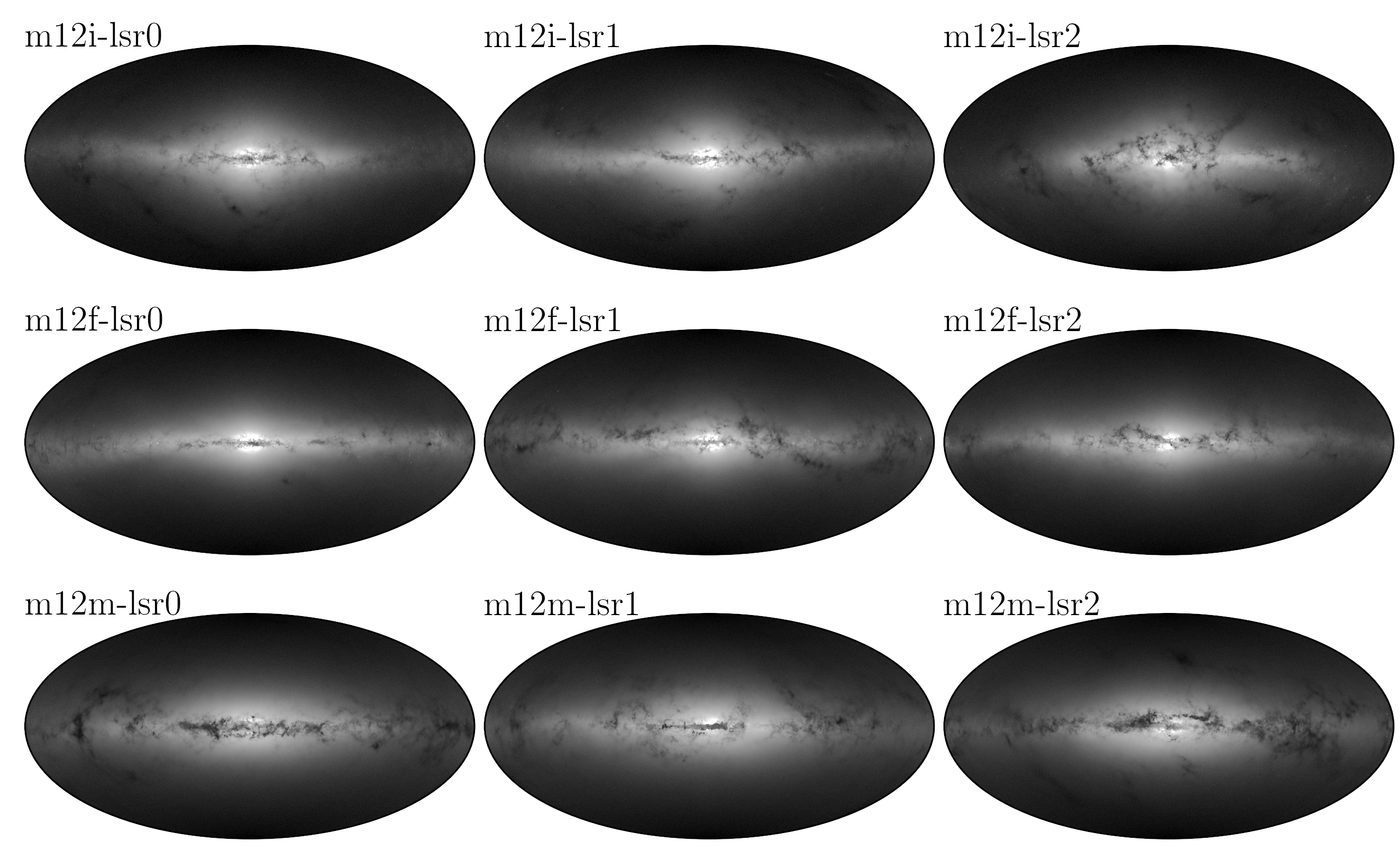
We are excited to announce the release of our synthetic Gaia DR2-like surveys from our Latte suite of FIRE-2 cosmological simulations of Milky Way-mass galaxies. We generated 9 synthetic surveys from 3 simulations, using 3 solar viewpoints per simulation. Along with these synthetic surveys, we also released the full simulation snapshots, including all particle data. All data is available at ananke.hub.yt, and the paper that describes our methods is Sanderson et al 2020.
Congratulations to Robyn Sanderson for leading this ambitious effort, including developing our new Ananke framework for generating synthetic surveys from baryonic simulations. Thanks to Kacper Kowalik and Matt Turk for help hosting this data via the awesome girder.hub.yt.
We hope that these cosmological synthetic Gaia DR2-like surveys will provide useful tools to the scientific community in interpreting the amazing data of the Milky Way from the Gaia space telescope.
Scialog Fellowship
The Research Corporation, with support of the Heising-Simons Foundation, selected me to be a Scialog Fellow. As part of this early-career investigator fellowship, I look forward to joining 50 fellows at the 2018 Scialog conference on Time Domain Astrophysics in Tuscon, Arizona, where we will discuss ideas for harnessing the power of the watershed Data Release 2 from the Gaia space telescope.
NASA Astrophysics Theory Program (ATP) grant: modeling the Milky Way
NASA’s Astrophysics Theory Program (ATP) has awarded our team
- PI Andrew Wetzel
- co-investigators Robyn Sanderson, Sarah Loebman, Shea Garrison-Kimmel
a grant for Modeling Galactic Archaeology of the Milky Way. Kudos in particular to Robyn Sanderson, who led a significant component of our science case. Our primary goal with this grant is to turn our Latte suite of FIRE-2 simulations of Milky Way-like galaxies into synthetic star catalogs and mock surveys of the Milky Way, and make these datasets publically available, to provide theoretical predictions and tools for the many surveys of the Milky Way, including the Gaia space telescope.
James Webb Space Telescope (JWST) Early Release Science program: resolved stellar populations

The James Webb Space Telescope (JWST) announced its first competitive observing allocations for the Cycle 1 Early Release Science (ERS) program, and the allocation committee awarded our team, led by Dan Weisz, 27 hours for The Resolved Stellar Populations Early Release Science Program. While much focus of JWST for galaxy science has emphasized high-redshift galaxies, JWST also promises significant advancements in observations of resolved stellar populations in nearby galaxies and star clusters, to understand their star formation histories, stellar initial mass functions, dust extinction, and (combined with HST) proper motions. Congratulations to Dan and the whole team!
Sarah Loebman joins us as a Hubble Fellow
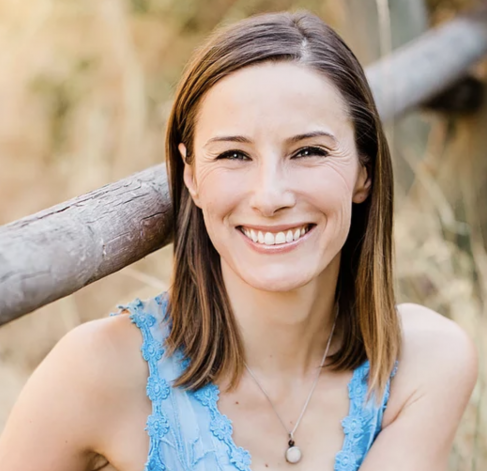
Today Sarah Loebman joins us as a NASA Hubble Fellow and Chancellor’s Postdoctoral Fellow. Previously, Sarah was a postdoc in the Michigan Society of Fellows at the University of Michigan. I am excited that Sarah joins us, forming a real ‘group‘!
Aspen summer workshop: Milky Way dynamics
The Aspen Center for Physics has accepted our proposal for a summer workshop in 2018 on the Dynamics of the Milky Way System for the Era of Gaia. Thanks to superb co-organizers Sarah Loebman, Robyn Sanderson, Hans-Walter Rix, Nitya Kallivayalil, and Juna Kollmeier. Our workshop will occur 2018 Aug 26 – Sep 16 and will focus on observational analysis and theoretical modeling of stellar dynamics of the entire Milky Way system, from stars in the disk and bulge to the satellite galaxies, stellar streams, and stars throughout the halo, as we enter the era of the incredible Gaia satellite mission. We aim to bring together observers, modelers, and simulators, to discuss (1) how to analyze this wealth of high-precision dynamics data and (2) how to develop accurate, cosmologically informed models to interpret them. The overarching goals are galactic archaeology, to understand the full 3D formation history of the entire Milky Way system, and near-field cosmology, to use stellar dynamics to measure the distribution and test the nature of dark matter.
real job gets real
Hubble Space Telescope (HST) Theory grant: quenching of satellite galaxies
Space Telescope Science Institute has awarded our team
- PI Andrew Wetzel
- co-investigators Shea Garrison-Kimmel, Phil Hopkins, Cameron Hummels, Sarah Loebman, and Robyn Sanderson
a Hubble Space Telescope (HST) Theory grant for Understanding the physics of gas stripping and star-formation quenching of the satellite dwarf galaxies in the Local Group. Our goal is to use our Latte suite of FIRE-2 simulations to understand how satellite galaxies evolve after they fall into a host halo like the Milky Way, with emphasis on how (internal) stellar feedback and (external) environmental processes like ram-pressure stripping remove their gas and quench their star formation, as observed in the Local Group.
